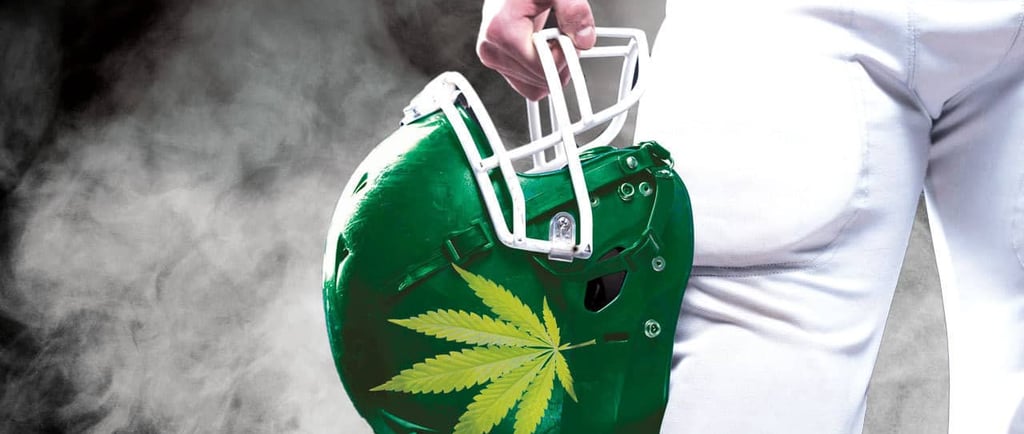Cannabis and its Potential Impact on Athletic Performance: Exploring the Science
Cannabis use in the realm of sports has been a topic of increasing interest and discussion. In this comprehensive article, we will delve into the potential impact of cannabis on athletic performance, examining scientific research and exploring different perspectives. We will examine various factors that may influence athletic performance and analyze the current rules and restrictions surrounding cannabis in sports. By the end, we aim to provide a balanced understanding of the potential benefits and risks for athletes.
CANNABIS GUIDE
6/14/20232 min read


The Endocannabinoid System and Exercise: The endocannabinoid system (ECS) plays a crucial role in regulating physiological processes, including those related to exercise. Studies have shown that cannabinoids found in cannabis can interact with the ECS, potentially affecting athletic performance. Research has indicated that the ECS may contribute to the regulation of pain perception, inflammation, and muscle recovery, all of which are key factors in athletic performance.
Effects of Cannabis on Physical Performance: Several studies have explored the effects of cannabis on physical performance, including endurance, strength, speed, reaction time, and coordination. While some research suggests that cannabis use may impair certain aspects of physical performance, other studies have shown conflicting results. Factors such as dosage, timing, and individual variations can influence the impact of cannabis on physical performance.
Pain Management and Recovery: Pain management and recovery are critical for athletes, and cannabis has been recognized for its potential analgesic and anti-inflammatory properties. Cannabinoids like CBD may help alleviate pain, reduce inflammation, and promote recovery after intense physical activity. However, further research is needed to understand the optimal dosages and methods of administration for these effects.
Mental Aspects: Focus, Anxiety, and Motivation: Cannabis can also affect mental aspects that are essential for athletic performance, such as focus, anxiety, and motivation. While THC may impair cognitive function and attention, CBD has been reported to have anxiolytic properties, potentially reducing anxiety levels in athletes. However, the effects of cannabis on motivation and cognitive function are complex and can vary depending on the individual and the specific circumstances.
Potential Risks and Side Effects: It's important to consider the potential risks and side effects associated with cannabis use in athletic performance. Short-term impairments in coordination, reaction time, and decision-making have been reported with cannabis use. Additionally, the long-term effects of chronic cannabis use and the potential for dependence or addiction are areas of concern. Athletes should be aware of these risks and make informed decisions regarding cannabis use.
Current Regulations and Considerations: Understanding the current rules and regulations regarding cannabis use in sports is crucial for athletes. Many sports organizations and governing bodies have strict policies prohibiting cannabis use due to its classification as a banned substance. Athletes need to be aware of the consequences they may face if found in violation of these regulations and should consider the potential impact on their careers.
Conclusion: The impact of cannabis on athletic performance is a complex and multifaceted topic. While there is evidence suggesting potential benefits in pain management, recovery, and anxiety reduction, it's essential to consider the potential risks and individual variations in response. Athletes should consult with healthcare professionals and adhere to the rules and regulations specific to their sport before considering cannabis use. Continued research and open discussions within the sporting community are crucial to gaining a deeper understanding of the potential benefits, risks, and ethical considerations associated with cannabis in the context of athletic performance.
